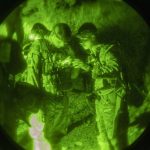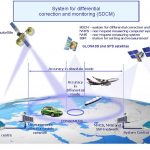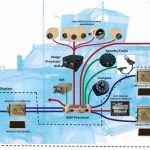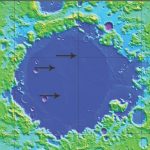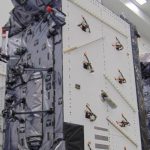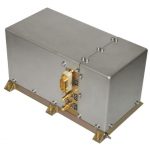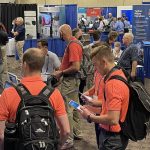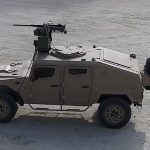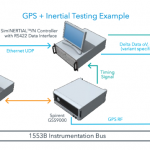Soldiers Test Newest Dismounted GPS Devices, Replacing DAGRs
The U.S. Army has put its replacement for the handheld Defense Advanced GPS Receiver (DAGR) under field testing in reconnaissance and fire missions in a variety of threat scenarios, to understand its performance in a realistic operational environment. The Dismounted Assured Positioning, Navigation, and Timing System (DAPS) could enable warfighters to better shoot, move and communicate in a GPS degraded environment.
By Inside GNSS
